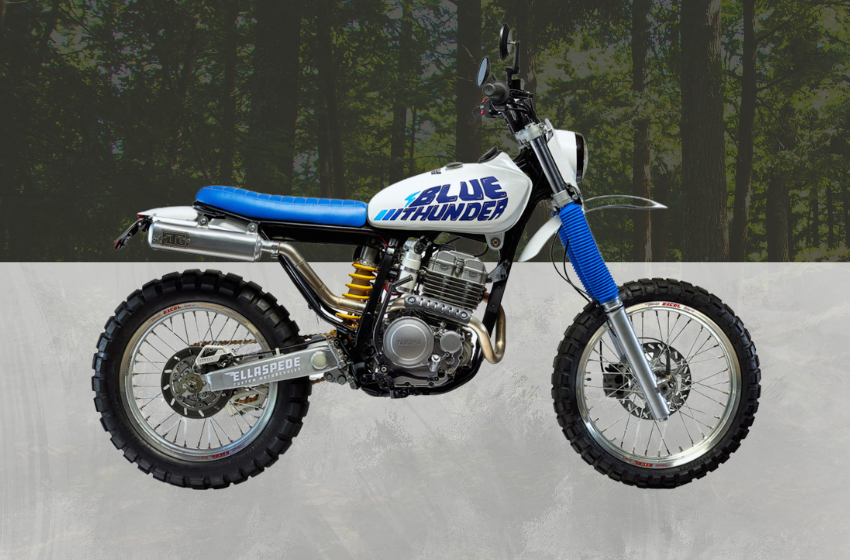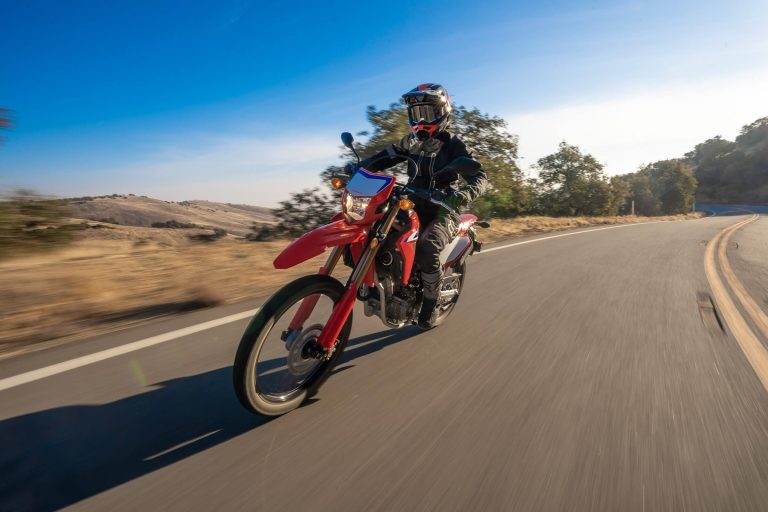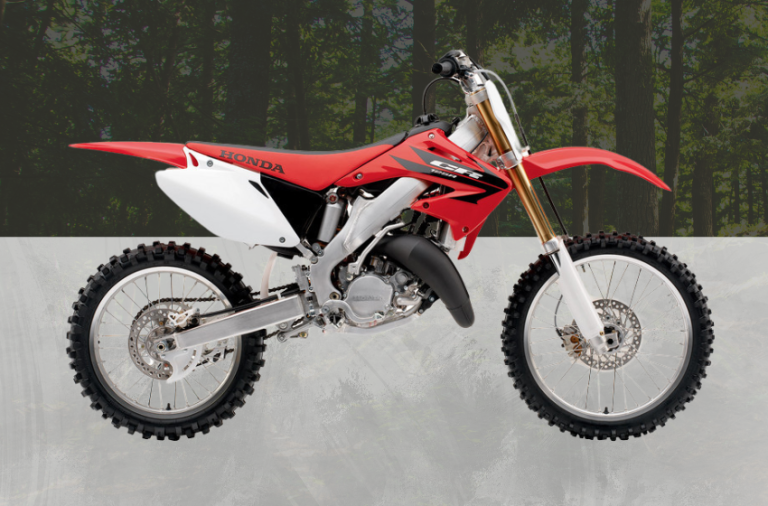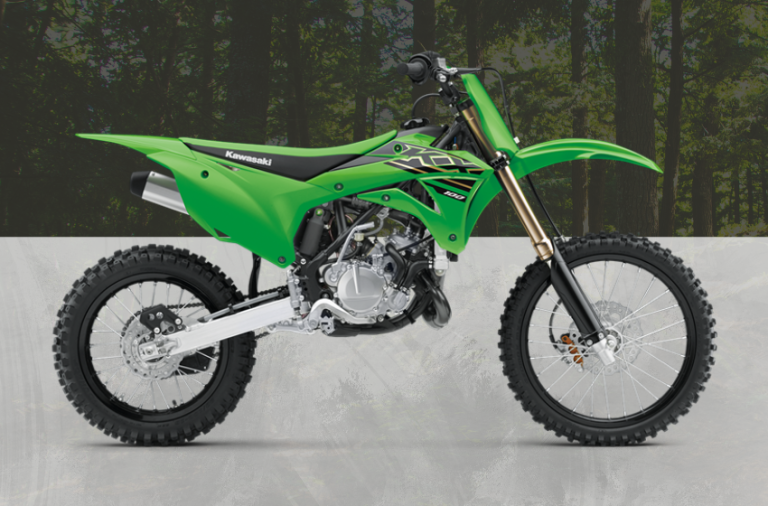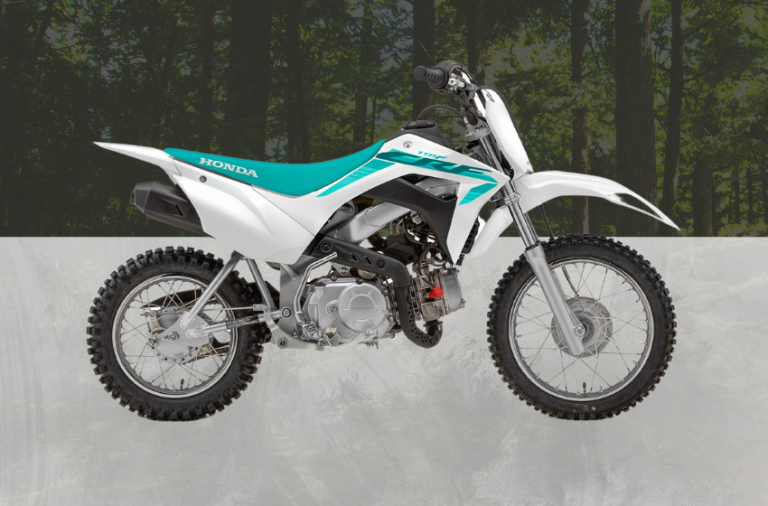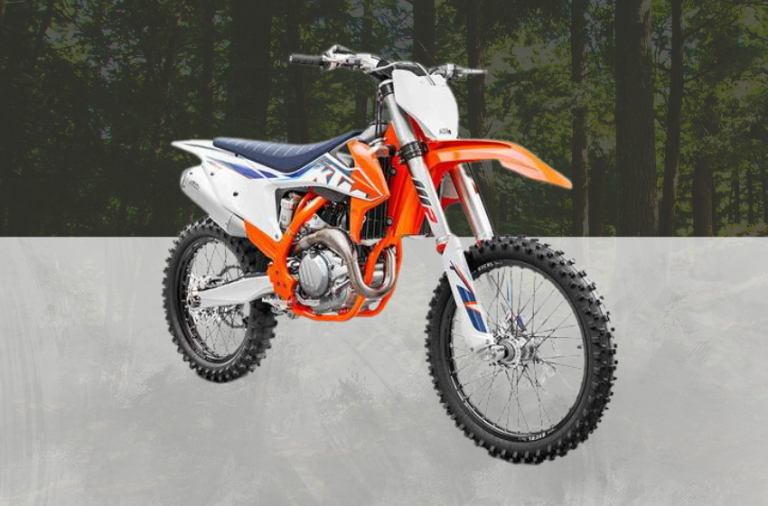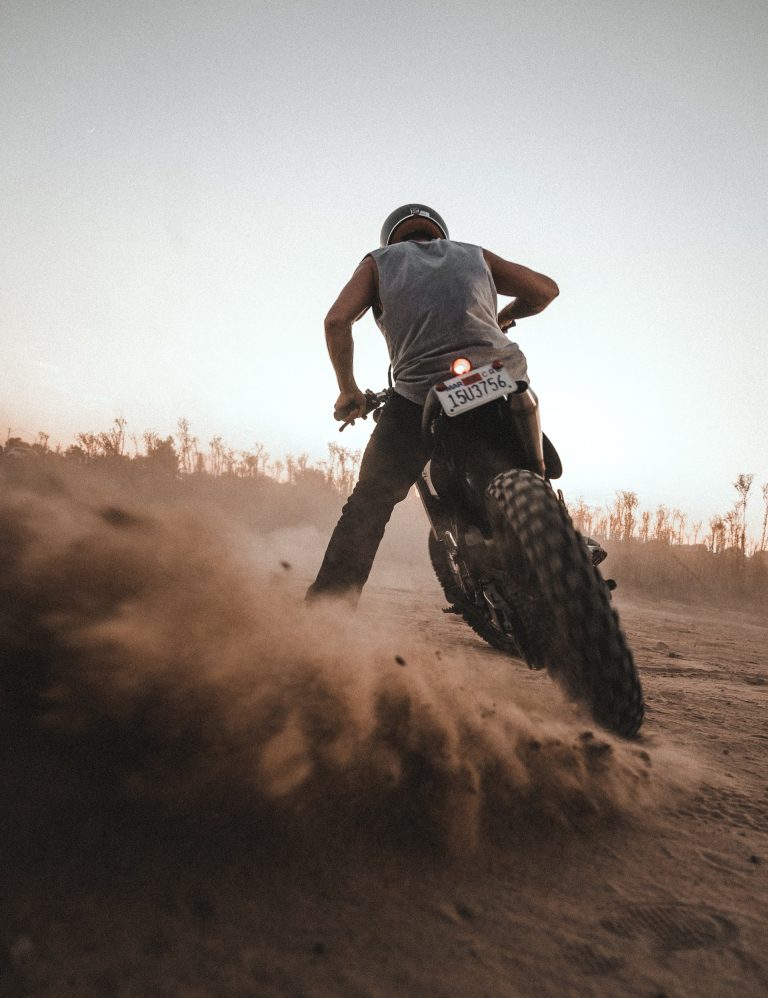Yamaha TTR 250: Top Speed & Specs
The Yamaha TTR 250 is an often overlooked bike that can be great for beginners and experienced bikers alike. Wondering what its top speed and specs are looking like?
The TTR 250 is a small, yet capable bike with a hardy single-cylinder motor. The TTR 250 is capable of reaching a max speed of around 71mph, with a quarter-mile acceleration time of 15 seconds.
Want to know more about this beginner-friendly trail bike? Then stick with us below where we will cover everything you need to know to see if this is the bike for you.
Table of Contents
- Yamaha TTR 250 Background
- Yamaha TTR 250 Engine
- Yamaha TTR 250 Suspension
- Yamaha TTR 250 Weight
- Yamaha TTR 250 Size
- Yamaha TTR 250 Jetting
- Yamaha TTR 250 Handling
- Yamaha TTR 250 Performance Mods
- Yamaha TTR 250 Common Problems
- Is The TTR 250 A Good Dirt Bike?
- Yamaha TTR 250 Negatives
- Is The TTR 250 A Good Bike To Learn On?
- Conclusion
Yamaha TTR 250 Background
Yamaha produced this dirt bike between 1999 and 2006. Besides yearly changes and additions to available colors, the TTR remained relatively unchained during its time in production. After its discontinuation in 2006, Yamaha instead began producing the TTR230 as its main entry-level full-sized trail bike.
Built as an enduro bike, the TTR250 no-frills bike is designed with fun in mind and is a great beginner dirt bike for taking on the trail. Built to last long and endure rough conditions, this bike quickly became a popular entry-level option for off-roading.
Yamaha TTR250s come as a 4-cycle, 6-speed manual transition complete with oil cooling. These bikes were originally intended as a competitor to the Honda xr250rm, and according to some, succeed as being a formidable competitor.
Yamaha TTR 250 Engine
One of the most highly regarded aspects of this bike is the reliability of its engine. Even a cursory search of this bike will support the common claim that the TT250 has a heart that won’t quit beating on you. It’s built simply, and reliably.
The TTR 250’s comes with a 249cc single-cylinder, four-stroke engine. It provides 28 horsepower to the engine. This gives the bike enough power to reliably handle its primary function as a trail bike.
Yamaha TTR 250 Suspension
For many riders, the suspension might be the weakest portion of the bike. The suspension feels soft and cushioned, which is great for new riders, but if you are a more aggressive or heavy rider, then this can feel limiting and uncomfortable. This is especially true at higher speeds where the suspension can begin to feel a bit jagged.
Yamaha TTR 250 Weight
The TTR 250 is a little heavy for a trail bike, weighing in at around 270lbs wet (with fuel). Without fuel, the TTR 250 will weigh closer to 250lbs. If you are smaller, this can make it a slightly more difficult bike to manage.
Despite this, it handles great when riding on trails where it will feel maneuverable and balanced. It also proves to corner quite nicely for heavier bikers, so it may be a good choice for heftier beginner bikers.
Yamaha TTR 250 Size
The seat height of a TTR 250 is 36”. Which means if you are between 5’6” and 6’0” you should be able to fit this bike comfortably. Still, the bike is smaller than others of its class, allowing it to remain an accessible option for most riders.
While it’s a smaller bike, it is not a child’s bike. This thing is able to haul its weight and is more than capable of pushing up hills without breaking a sweat.
Yamaha TTR 250 Jetting
The jetting for the TTR 250 should do well under most conditions provided the bike is unaltered. Many users find the TTR 250’s jetting relatively forgiving, and less sensitive to jet size than other more highly tuned bikes.
Setting the jetting on your bike can be tricky, and is rightfully known as one of the most painstaking aspects of maintaining a dirt bike. Check out this simple guide to jetting so you can maintain optimum performance on your bike.
Yamaha TTR 250 Handling
Handling is important to consider, and as a heavier bike, the TTR 250 handles turns surprisingly well. Its handling allows you to maintain a pretty nice pace in the woods, while still being able to cut turns and maneuver around obstacles. This is just another thing that makes the TTR such a great bike for time out on the trail!
Yamaha TTR 250 Performance Mods
The Yamaha TTR 250 is a bit of a hidden gem in the world of dirtbikes. Despite their quality, they are a less well known variety of dirt bike, and some riders may have never heard of, or seen one before. Unfortunately, because of its lesser known nature, there aren’t many popular performance mods out there.
Still, there are some simple modifications you can pull off to increase performance. For instance, by removing the restrictor in the header pipe and then trimming the snorkel in the airbox, you should be able to squeeze some extra power from the engine.
You can also perform an exhaust swap for increased throttle and torque, which may allow your bike to more easily reach its top speed. Some other interesting and useful mods can be found here. Be wary, these modifications are should be attempted only by those aware of the associated risks and feel capable of doing so.
Yamaha TTR 250 Common Problems
The TTR 250 is well loved for its nearly bulletproof qualities, and due to its simple design there aren’t many things that can go wrong when operating it. But what sort of common problems can one expect while using a TTR 250?
Cold Starting Yamaha TTR 250
One common issue the TTR 250 runs into is no stranger to most bike owners. Often when this bike is left sitting for extended periods, it can have issues with a cold start. While this may be affected by the jetting of your bike, this may also be affected by a weak battery. Check both if you are having problems with starting your engine.
Difficult Shift Shaft Replacement
One complaint we often hear about the design of the bike involves the placement of the shift shaft. Unlike many other modern dirt bike designs, the shaft for this bike is placed in a position that cannot be accessed and replaced without removing the engine from the frame.
This unfortunate placement makes DIY repairs to the shift shaft much more difficult than necessary. Due to the time needed to perform this maintenance, the price is also likely to be higher than average when repairing this issue in a shop.
While this issue should not necessarily be a dealbreaker for those interested in this bike, it is a feature that is worth mentioning for those who maintain their own bikes.
Is The TTR 250 A Good Dirt Bike?
Whether you consider the TTR 250 a good dirt bike or not depends mostly on what your needs are. New riders will likely be pleased at the price point and relative simplicity of the bike, both of which should look welcoming to those just being introduced to the world of trail bikes.
Additionally with its easy-to-tune carb, reliable power delivery, and comfortable suspension, this bike will hold its appeal even for bikers with a little more experience. As such, we believe this bike will be good for you if you are a beginner looking for a friendly option with room for the rider to grow into.
Yamaha TTR 250 Negatives
As you now know, there are plenty of great things to say about the TTR 250. But even with the heaps of praise we could continue to pile onto this bike, there are some downsides to its design we felt worth mentioning. As with previous criticisms, luckily there is nothing that should be deal breaking. Still, some negatives worth mentioning include:
- Hard to start if left sitting
- Heavier than other bikes of its class
- No longer sold by Yamaha
- Increasingly difficult to find
- Notoriously bad headlight design
- Somewhat high seat height
- Cheap stock handguards
Is The TTR 250 A Good Bike To Learn On?
Beginners will find the TTR 250 a good bike to use when familiarizing themselves with some of the basics of using and maintaining a motorbike. This bike is easy to ride and handles accurately and with forgiveness, allowing the user to comfortably get used to the basics of biking without too much stress.
The bike is also relatively small, and holds the right amount of power for its size, which makes riding approachable for most users. The soft suspension also helps to keep new riders stable as they learn to properly navigate bumps and turns.
Conclusion
Compared to the most popular options, the Yamaha TTR 250 may initially come off as somewhat of an underdog to the yet uninitiated. But for fans who have been in the know since this bike’s inception in 1999, few better options exist in this price range!
Despite its discontinuation in 2006, this bike still remains a cult favorite today, and can be an excellent choice for first time owners or even those with more experience under their belts. If you are lucky enough to find one for yourself, we hope you will cherish it for years to come.

